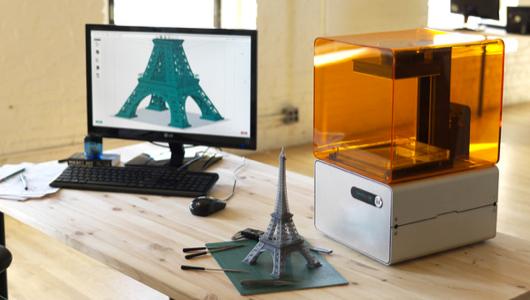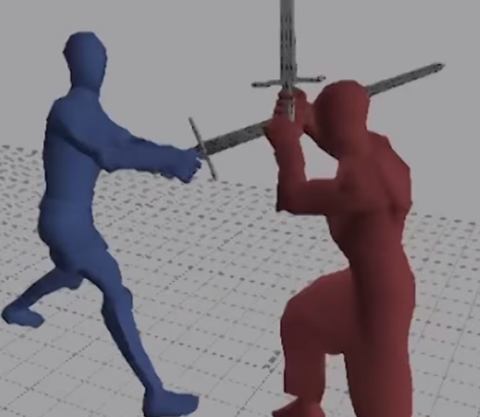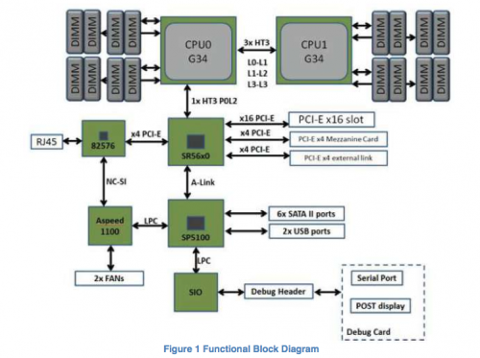
A 3D printer that's said to deliver 25-micron resolution has been successfully funded on Kickstarter. 3D printing is experiencing something of a surge at the moment. Given ongoing improvements to printing technology and the falling costs of printers, it's no surprise. Here’s the thing: While there are a number of affordable 3D printers on the market, most of them are not particularly precise. The MakerBot Replicator 2, for example, boasts 100-micron resolution, which can be a problem if you want to produce more intricate creations. Attaining higher resolution has always been a good deal more expensive — until now. The FORM 1 (pictured above) is the work of Formlabs, a “group of recent grads from the MIT Media Lab” who managed to achieve 25-micron resolution by switching from the tried-and-true method of layering extruded plastic to one called stereolithograpy. In this technique, a laser is shot at a resin, which draws and hardens instantly at the focal point, building an object layer by layer. The end result, as you can see from the pictures in the links below, is the ability to build smoother, more complex objects. It might be premature to call this a “game changer,” but if the designers manage to fulfill their obligations, then it certainly could be. (As of this writing, the project had surpassed $1.37 million in funding with weeks to spare.) At 25-micron resolution, things start to get really interesting. The project page shows some good examples, but the FORM 1 has a lot more potential. The ability to print objects with features as small as 300 microns at 25-micron resolution means that it would be perfect for building parts for complex, multi-part designs. At $2,500, the FORM 1 is priced in the same range as its less-accurate competition. At this stage, that's not really a problem for the likes of MakerBot, as a great deal of work needs to be done to take FORM 1 from prototype into production. It may also be tough for the startup to keep up with demand, so the established competition still has some time to react. If the technology proves reliable and the equipment holds up to repeated use, the FORM 1 should have a very bright future. Related Links
- FORM 1: An affordable, professional 3D printer [Kickstarter]
- 3D Printing Has Just Gone High-Res With the FORM 1 [Oh Gizmo!]

